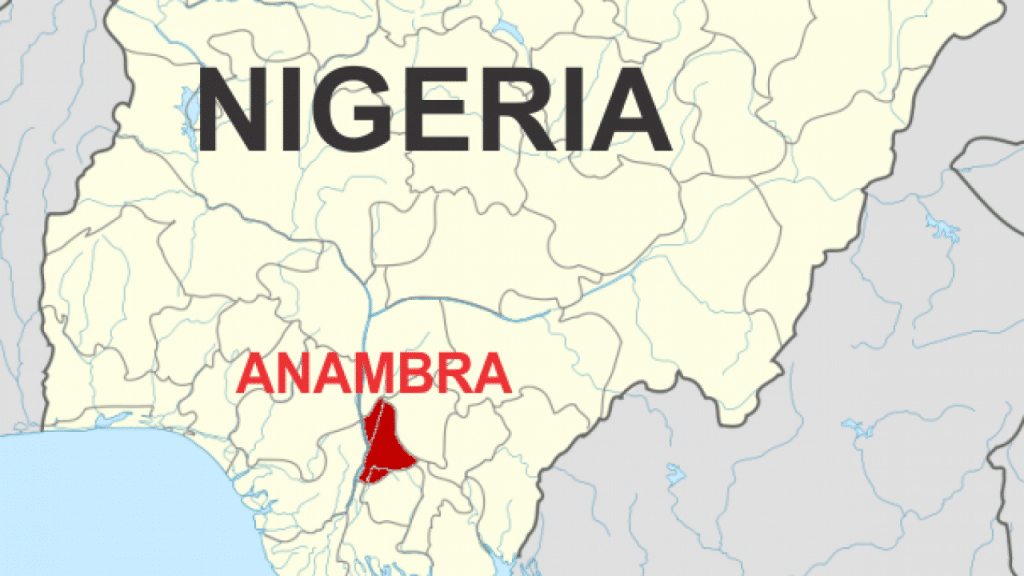This is according to the latest data released by the Nigerian Upstream Petroleum Regulatory Commission (NUPRC), which covered crude oil and gas production figures from November 2023 to September 2024.
The report stated that Anambra and Abia states produced 4.77 million barrels and 3.41 million barrels respectively.
While Anambra and Abia were the least oil prodcing states in Nigeria, the report showed that Delta alone accounted for nearly 100 million barrels of oil and condensate within the 11-month period. Specifically, the state produced 99.9 million barrels, by far the largest contribution by any state during the review window.
Following Delta in oil production were Akwa Ibom, Bayelsa, and Rivers states, which have traditionally formed the backbone of Nigeria’s petroleum output. Akwa Ibom produced about 60.32 million barrels, while Bayelsa delivered roughly 53.2 million barrels during the period under consideration.

In the same vein, Rivers was only slightly behind Bayelsa with 50.83 million barrels. These four states alone accounted for nearly 90 per cent of the country’s oil output, underlining their significance in the sector.
However, Lagos State, which had been listed among Nigeria’s oil-producing states following marginal production from the Aje Field in the Dahomey Basin since 2016, recorded zero production of crude oil and gas within the period under review.
Outside the traditional powerhouses of the Niger Delta, oil production in other states was relatively modest. Ondo State produced 8.71 million barrels of crude oil, while Edo State contributed 7.76 million barrels. Imo State followed with 6.32 million barrels.
The gas production data presented a slightly different picture in terms of leading states. Rivers State topped the chart with a massive 391.3 billion standard cubic feet (scf) of gas produced, even though it placed fourth in crude oil output. Bayelsa followed with 341.2 billion scf, while Delta again ranked high with 318.2 billion scf of gas.
Akwa Ibom also remained a significant contributor to Nigeria’s gas production, accounting for 211.9 billion scf. Edo State, despite its relatively modest oil volumes, showed strong gas potential, producing 95.4 billion scf, well ahead of other states in its production category.
Besides, Ondo State added 27.1 billion scf, while Anambra and Imo produced 7.4 billion scf and 6.4 billion scf respectively. Abia contributed 4.46 billion scf of gas, while Lagos also recorded zero, consistent with its performance in oil.
In total, Nigeria produced 1.4 trillion standard cubic feet of gas during the review period, reinforcing the country’s considerable gas reserves and production capacity. The combined gas output from Rivers, Bayelsa, Delta, and Akwa Ibom accounted for over 85 per cent of the national total.






